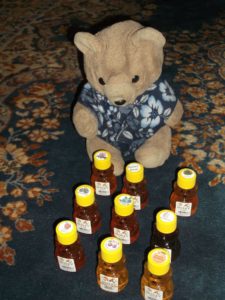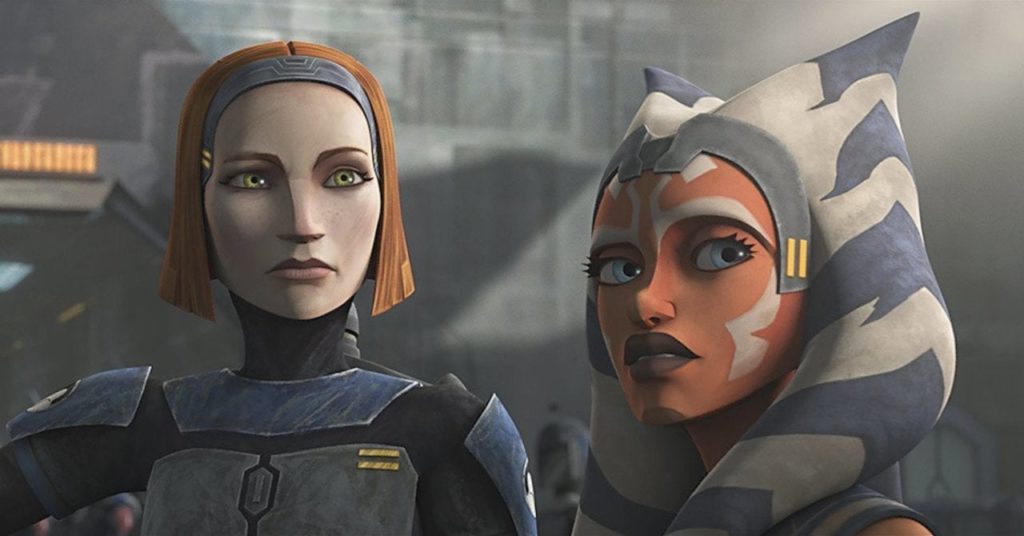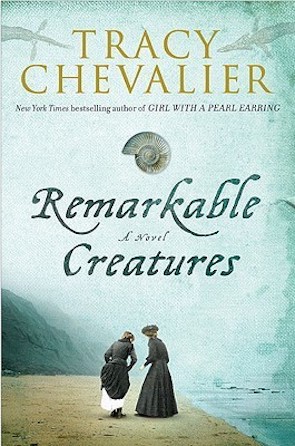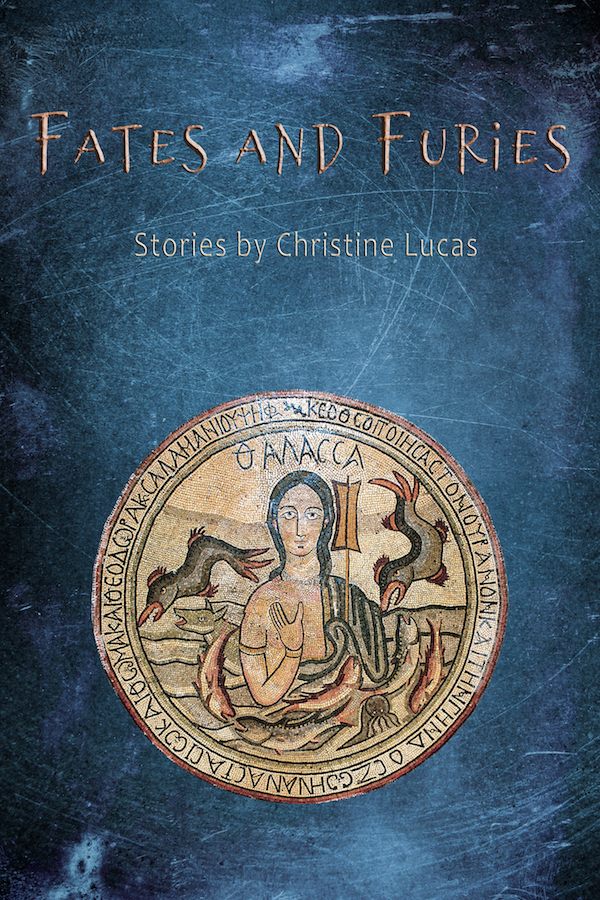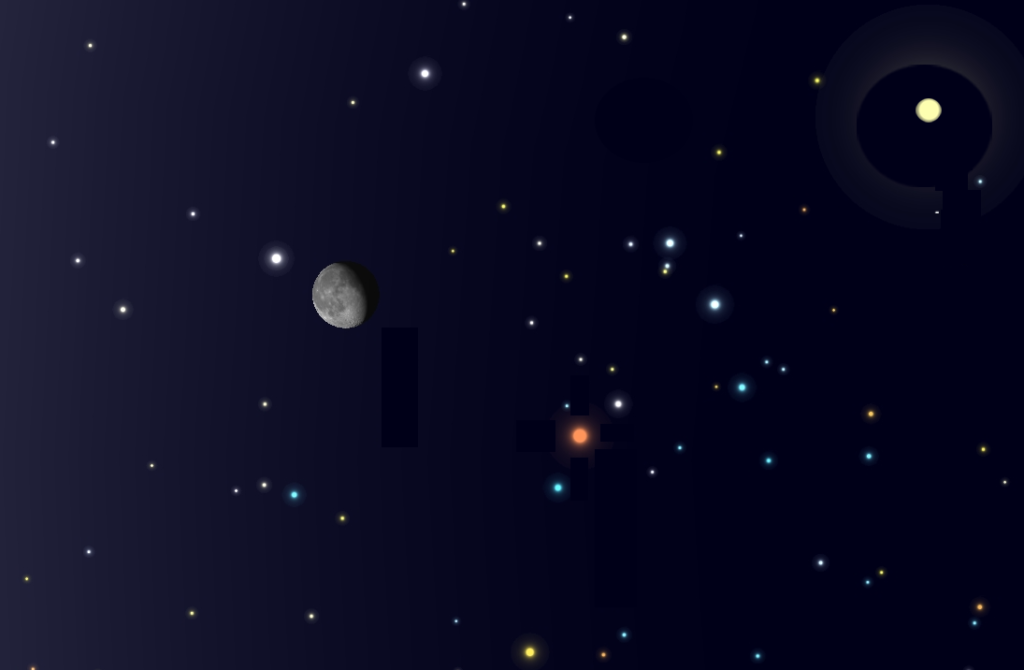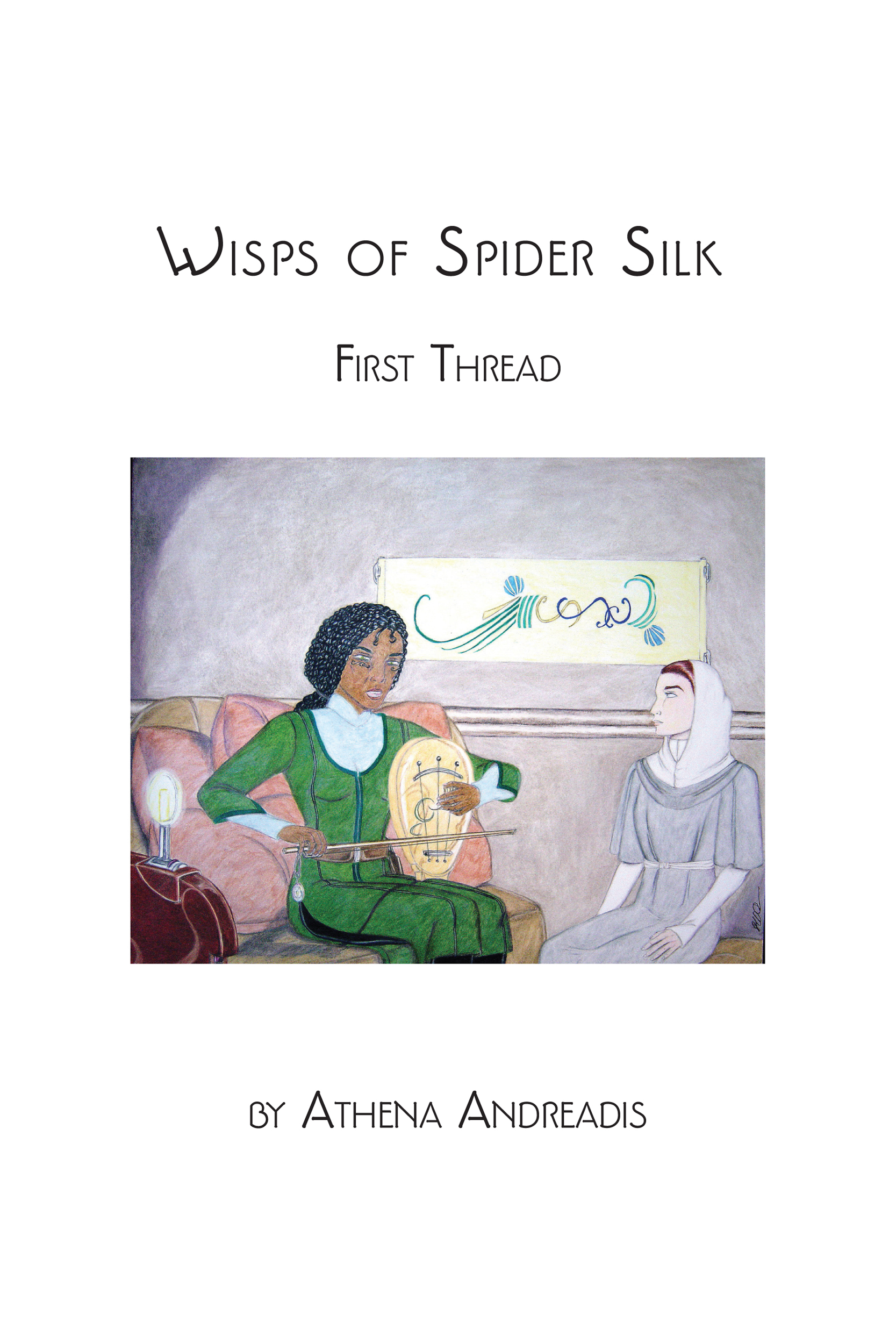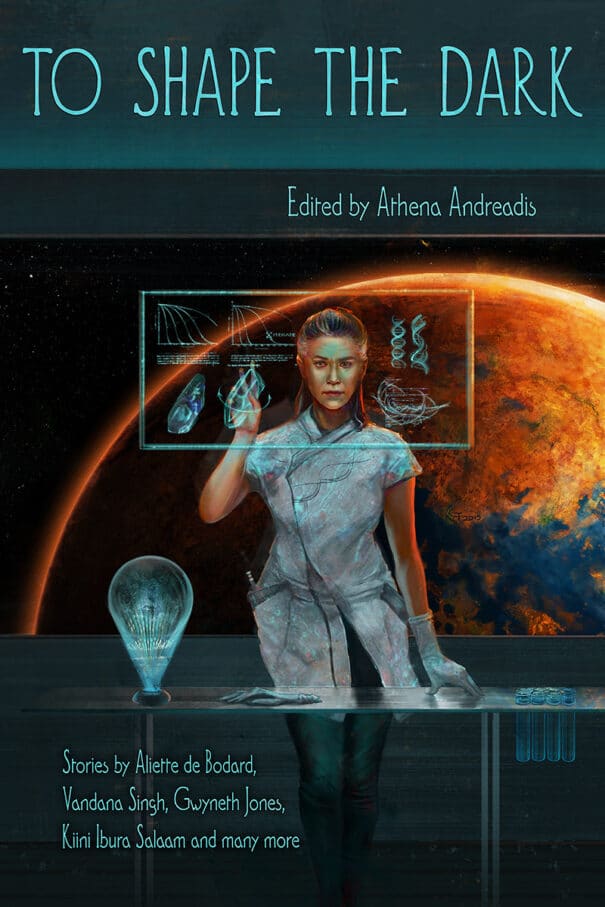Humanity: Eloi and Morlocks
Wednesday, January 18th, 2023“Guns don’t kill people. People kill people.” – NRA slogan
—–
“Intelligent” AI, though still wishful thinking as far as emergence goes, has been quietly expanding its territory for at least two decades; but recently it burst prominently into mainstream awareness by two applications (which also happen to touch my interests and expertise): ChatGPT and Midjourney. Both give rise to products that look uncannily like creations by humans—until one looks below the top layer of these frothy millefeuilles.
There have been countless dissections of the apps’ obvious pros and cons. If one does look below the surface, it’s clear that both spectacularly lack larger context and concept integration—especially ChatGPT, which can appear to be “hallucinating” (for example, in a lengthy essay that extols churros as precision surgical tools). It’s a cliché to say that any technology that has been invented will be used (mostly true, with a few notable exceptions like human cloning unless we believe the reports from Korea and China), and that technology has no intent, only its users do (almost entirely false—bombs don’t have subtle hidden uses). It’s also true that there was significant initial resistance to digital art, and that both newcomers would be extremely useful to artists as generating and winnowing helpers at project starts. And, of course, past surges in technology made entire categories of artisans and professions obsolete, from arrow makers to switchboard operators.
Now comes the turn of writers and illustrators, with the twist that the two AI apps won’t extinguish these vocations; they’ll just further depress the already abysmal incomes of artists, allow corporations to bypass creatives altogether, and turn artistic occupations into hobbies for anyone who has the time—and, low be it spoken, the money—although fanfic and fanart have been realities for centuries, especially before the advent of rigorous copyright laws.
Which brings us to the ethics wrinkles. One is that to train both apps, their inventors used gazillions of artistic works without consent or opt-out mechanisms from their creators (or, needless to say, compensation). The second is that their use is by the subscription/rental model that has become SOP for e-books, creative apps, games… In effect, people no longer own entire swathes of crucial helper apps for which they could once buy lifetime-use licenses and have permanently residing on their devices, subject to the occasional update cost; now all they can do is merely rent them, and the rent can be raised or withdrawn at the landlord’s whim (as was the case during the catfight between Amazon and McMillan). And of course the surface facility of ChatGPT is already benefiting grifters, scammers and shortcut-seekers, from phishers to students unwilling to write their own essays.
Midjourney and ChatGPT, with their ability to generate plausible-looking results from simple inputs, feed directly into the American disdain and suspicion of expertise and preference for instant abracadabra-type solutions; but each “opening” of a skill to everyone brings consequences, both predicted and unintended. As one example, when everyone was “freed” to do their own investing, most who did so committed colossal errors from lack of relevant knowledge; the rich got richer, the middle class shrank (not the only reason for the shrinkage, but a contributor nevertheless).
The systematic deskilling and evaporation of specialist nexuses has led to recitals of rigid scripts, removals of vital redundancies (for the sake of MBA-invented “efficiencies”) and of expertise-based discretion (from judges to NIH branch officers); and has left entire domains vulnerable to charlatans. Humans do share two attributes with expert systems: they can utter (and, worse, believe) mellifluous authoritative statements that are nonetheless utter, and often malicious, nonsense; and they go wildly astray when they opine on matters far beyond their knowledge base—for example, physicists explaining to me that arsenic-based DNA is an amazing new fact of biology unless you have a closed mind.
It’s also interesting that the current AI onslaughts are increasingly targeting objectives above the customary parameters for non-conscious labor—possibly because the latter are not “breaking things” sufficiently to attract Silicon Valley startup funding. What about functional housecleaning robots? Robots that make decent sandwiches & hand them out reliably? That wash dishes and clean sidewalks without smashing them?
Instead we have humans delivering groceries and packages, washing carpets, walking dogs, and we have FAA computers down for most of a day—while computer programs generate “art” that can sorta kinda pass as the real thing if one forcibly suppresses the uncanny valley frisson reflex (and ignores the fundamental factual errors of ChatGPT, which could indeed result in airplanes falling out of the sky, as Stack Overflow foresaw). The NASA rovers and robotic expeditions show we have the capacity to make highly capable helpers; what’s lacking is the social and political will.
But even when the two apps have been debugged, the core question remains: will humans become 24/7 cubicle and household drones grinding through repetitive maintenance tasks, with only pockets of stolen time to pursue skill-requiring vocations as unpaid dilettantes, while machines have taken over creative pursuits as primary “content generators”? Societies are already sliding into the brutalisms portrayed in cyberpunk dystopias; and humans, between increasing powerlessness and the drug habit of social media, are in eminent danger of becoming simultaneously Eloi and Morlocks. Such a configuration bodes ill for the long-term survival and thriving of our species and our already ailing civilization.
As for truly intelligent AI, a trodden-to-death topic in science fiction, we may see emergence at some point. If and when we do, it will not resemble us in the slightest—because, despite facile equivalences, a human brain/mind is nothing like a computer.
Related articles:
Dreamers of a Better Future, Unite!
Ghost in the Shell: Why Our Brains Will Never Live in the Matrix




